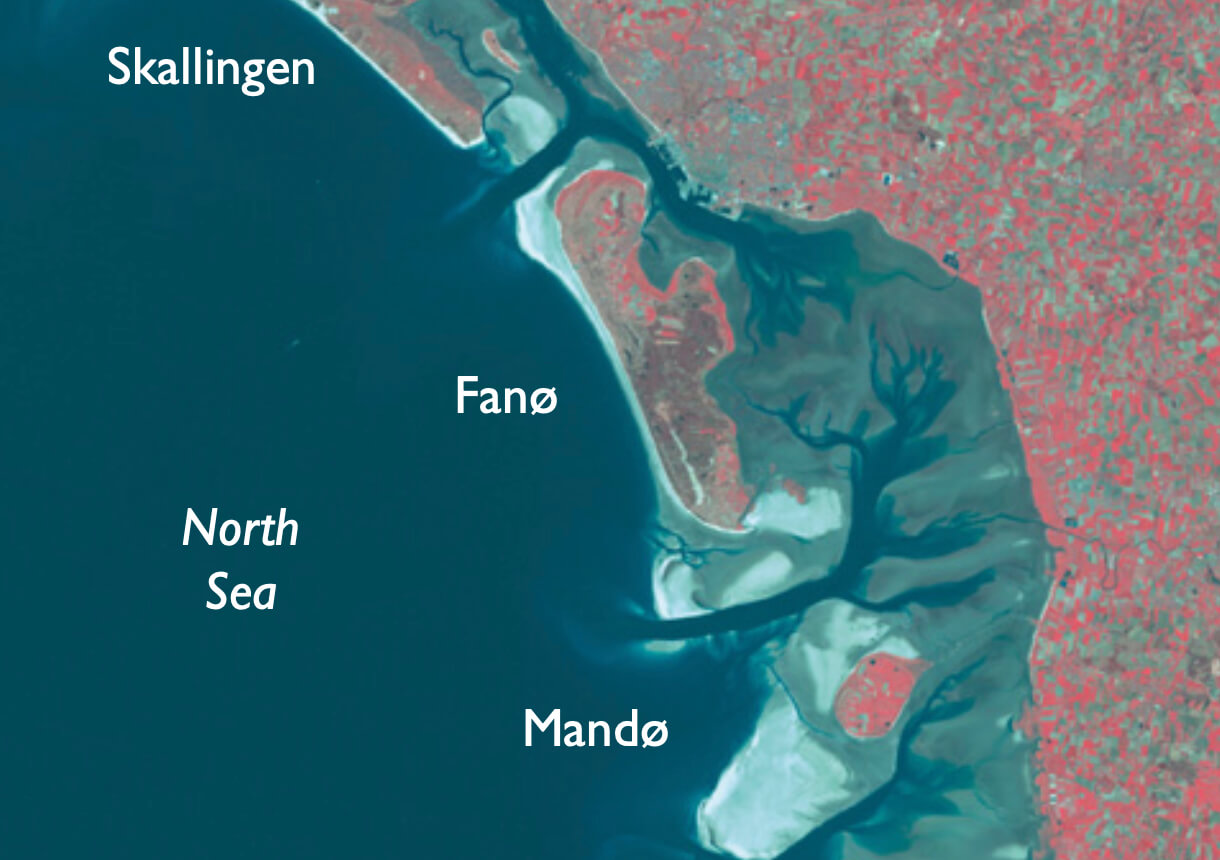
How to Cite
Share
Abstract
This paper describes an ongoing multidisciplinary study on the development of the barrier islands in the Danish Wadden Sea (Vadehavet), carried out by the Department of Geography and Geology at the University of Copenhagen and the Geolo gical Survey of Denmark and Greenland (GEUS). Nine sediment cores each c. 25 m long and a total of c. 45 km ground penetrating radar (GPR) profiles have been acquired on the islands of Rømø and Fanø. Geochemical and palaeontological analyses and dating of 150 core samples using optically stimulated luminescence (OSL) are in progress. This multidisciplinary approach has given new insights into the sedimentary architecture and development of the island, and the study is expected to result in a new detailed facies model. Such models are essential for an assessment of the effects of rising sea level associated with global warming. The new facies model can also be used as an analogue for subsurface oil or water reservoirs in similar sedimentary settings. This article presents selected core and GPR data from the Rømø barrier island.
How to Cite
Share
Copyright (c) 2008 Peter N Johannessen, Lars Henrik Nielsen, Lars Nielsen, Ingelise Møller, Morten Pejrup, Thorbjørn J Andersen, Joakim Korshøj, Birger Larsen, Stefan Piasecki

This work is licensed under a Creative Commons Attribution 4.0 International License.
Downloads
Edited by Ole Bennike and A.K. Higgins
This Review of Survey activities presents a selection of 22 papers reflecting the wide spectrum of activities of the Geological Survey of Denmark and Greenland, from the microscopic to the plate-tectonic level.
The Survey's activities in Denmark are illustrated by 13 articles. Five of them deal with petroleum-related [...]









